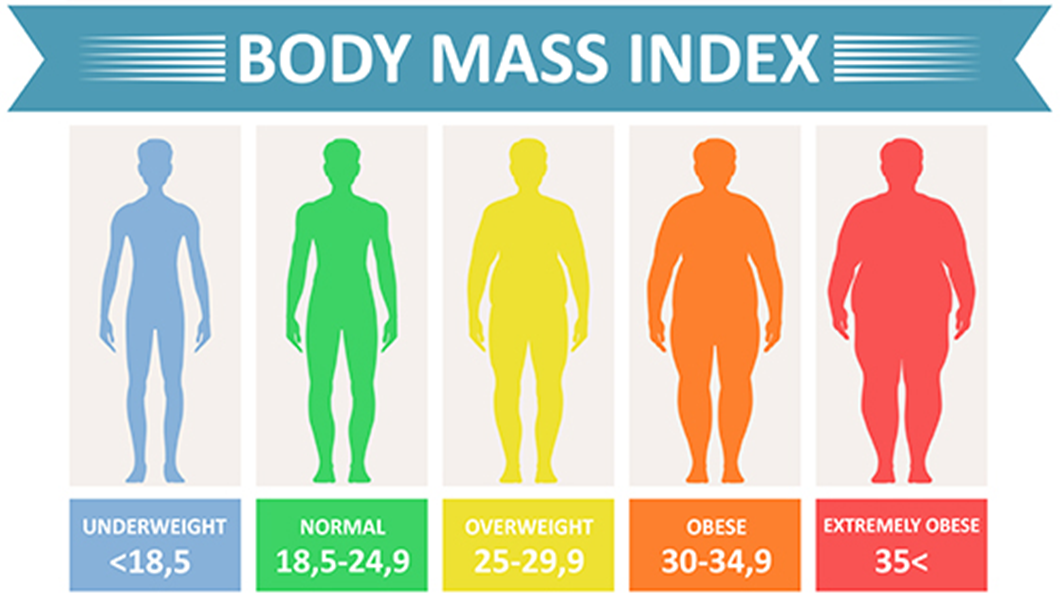A client is receiving orlistat as part of a weight management program. Which ongoing assessment should be included in the plan of care to determine the effectiveness of the medication?
Depression screening.
Body mass index.
Daily calorie count.
Serum protein levels.
The Correct Answer is B
Choice A reason: Depression screening is not directly related to the effectiveness of orlistat, which is a medication that blocks the absorption of fat from the diet and helps to reduce weight. Depression screening may be important for the overall mental health of the client, but it is not an ongoing assessment for orlistat.
Choice B reason: Body mass index (BMI) is a measure of body fat based on height and weight, and it is used to assess the risk of obesity-related health problems. BMI is an ongoing assessment for orlistat, because it can indicate the progress and outcome of the weight management program. The goal of orlistat therapy is to achieve and maintain a healthy BMI.

Choice C reason: Daily calorie count is not an ongoing assessment for orlistat, because it does not reflect the amount of fat absorbed by the body. Orlistat works by blocking the action of lipase, an enzyme that breaks down fat in the intestine. Therefore, even if the client consumes a high-calorie diet, orlistat can prevent some of the fat from being absorbed and reduce weight. However, daily calorie count may be useful for monitoring the overall nutritional intake and energy balance of the client.
Choice D reason: Serum protein levels are not an ongoing assessment for orlistat, because they are not affected by the medication. Orlistat only blocks the absorption of fat, not protein or carbohydrates. Serum protein levels may be important for evaluating the nutritional status and organ function of the client, but they are not an indicator of orlistat effectiveness.
Nursing Test Bank
Naxlex Comprehensive Predictor Exams
Related Questions
Correct Answer is B
Explanation
Choice A reason: Increased anxiety and nervousness have been reported by some people taking feverfew, but this is not a common or serious side effect. It may be related to individual sensitivity or dosage.
Choice B reason: Feverfew may interact with aspirin or non-steroidal anti-inflammatory drugs (NSAIDs), such as ibuprofen or naproxen, which are commonly used for pain relief. Feverfew and these drugs can both inhibit platelet aggregation and increase the risk of bleeding. This information is most important for the nurse to include in a teaching plan for this client, especially if they are taking any of these medications or have a history of bleeding disorders.
Choice C reason: Those with allergies to chamomile, ragweed, or yarrow should not take feverfew, because they may have a cross-reactivity and experience an allergic reaction to feverfew. This information is important for the nurse to include in a teaching plan for this client, but it is not as critical as choice B.
Choice D reason: Abdominal pain, gas, nausea, vomiting, and diarrhea can occur when taking feverfew, but these are usually mild and transient side effects that do not require medical attention. They may be reduced by taking feverfew with food or water.
Correct Answer is A
Explanation
Choice A reason: Platelet count of 100,000/mm³ (100 x 10^9/L) is below the normal range and indicates thrombocytopenia, which is a decrease in the number of platelets in the blood. Thrombocytopenia can increase the risk of bleeding and bruising, and can be a serious adverse effect of enoxaparin. This laboratory result requires immediate action by the nurse, such as notifying the prescriber, monitoring for signs of bleeding, and withholding the next dose of enoxaparin.
Choice B reason: Hematocrit 45% (0.45 volume fraction) is within the normal range and does not indicate any problem with the client's red blood cells or oxygen-carrying capacity.
Choice C reason: Blood urea nitrogen (BUN) 20 mg/dL (7.1 mmol/L) is within the normal range and does not indicate any problem with the client's kidney function or hydration status.
Choice D reason: Serum creatinine 1.0 mg/dL (88.4 μmol/L) is within the normal range and does not indicate any problem with the client's kidney function or muscle metabolism.
Whether you are a student looking to ace your exams or a practicing nurse seeking to enhance your expertise , our nursing education contents will empower you with the confidence and competence to make a difference in the lives of patients and become a respected leader in the healthcare field.
Visit Naxlex, invest in your future and unlock endless possibilities with our unparalleled nursing education contents today
Report Wrong Answer on the Current Question
Do you disagree with the answer? If yes, what is your expected answer? Explain.
Kindly be descriptive with the issue you are facing.
